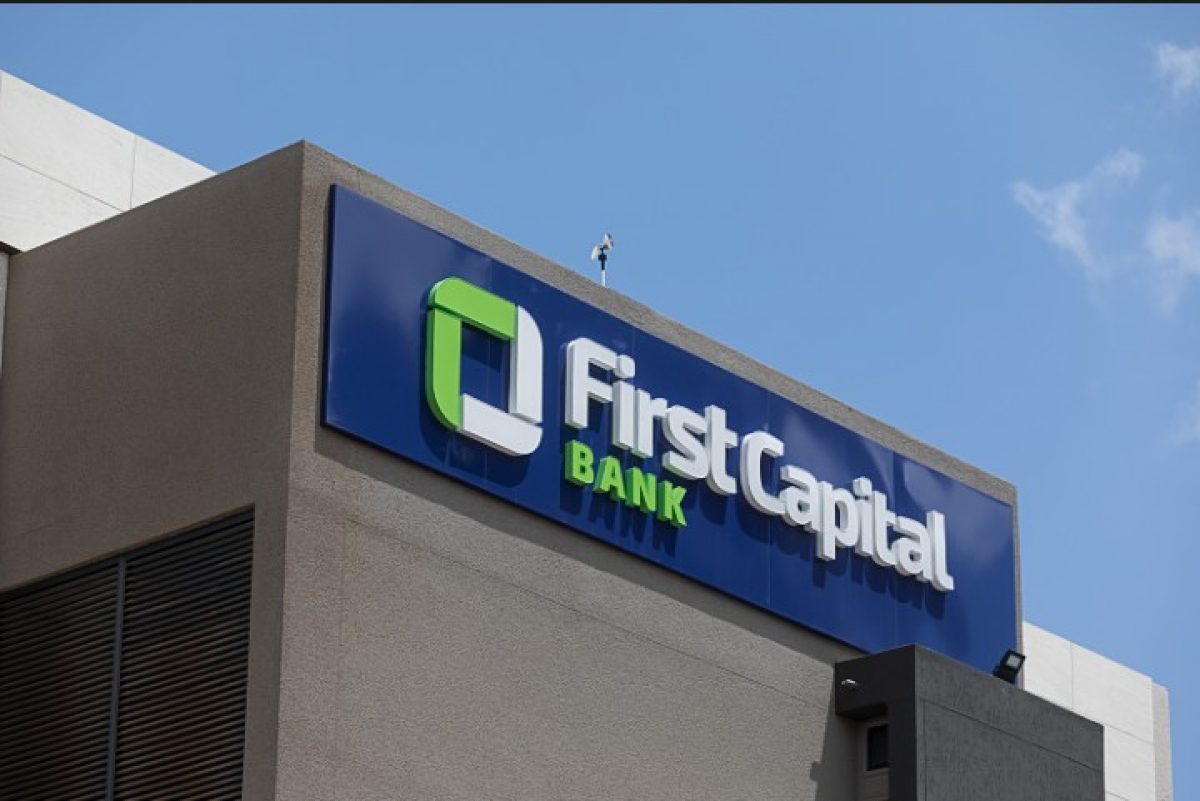First Capital Bank non-performing loans ratio improves
First Capital Bank (FCB) loans to customers in the half-year to June 30, 2024, increased to US$94,7 million from US$86,1 million at the end of 2023, reflecting a growth rate of 11,2 percent.
Tapera Mushoriwa, the bank’s chief executive, said in a statement accompanying the financials that loan quality remained satisfactory, with the non-performing loans ratio having improved from 8 percent to 3 percent over the six-month period. A loan loss ratio of 1,4 was recorded.
During the interim period under review, the bank’s total deposits closed 12,5 percent higher at US$137,1 million compared to US$123,1 million reported on December 31, 2023.
“This trend reflects a rebound after balances had marginally come off in the first quarter against the backdrop of an unstable currency framework, which experienced relief after the monetary interventions announced by the central bank at the beginning of the second quarter,” Mushoriwa said.
He noted that foreign currency deposits contributed 83 percent of total deposits, reducing from 87 percent at 31 December 2023, reflecting early signals of the resurgence of local currency activity on the market.
The bank’s total income for the period grew by 12,8 percent from US$32,1 million to US$36,4 million, driven by an improvement in the underlying business, with net interest income and non-interest income increasing by 23,3 percent and 6,8 percent, respectively.
As a result, the bank reported a profit after tax of US$11,5 million, more than doubling by 168 percent from US$4,3 million in the same period last year.
Mushoriwa said the surge in profitability reflects the bank’s robust operational performance, driven by a strong increase in net interest income and non-interest income.
The bank’s total comprehensive income for the half-year period reached US$11,6 million, representing a staggering 658,8 percent increase from a comprehensive loss of US$2,4 million recorded in 2023.
With ongoing efforts in cost rationalisation, Mushoriwa said the bank anticipates further efficiencies and growth in the latter half of 2024.
In early 2024, First Capital Bank secured an additional US$20 million line of credit from the African Export-Import Bank (Afreximbank).
“This facility will support foreign currency-generating businesses, with a focus on small to medium enterprises and midcap companies in Zimbabwe,” Mushoriwa said.
He said the AfDB also approved a combined US$15 million Trade Finance Package, comprising of a US$7,5 million Trade Finance Transaction Guarantee and a US$7,5 million Trade Finance Line of Credit.
FBC Securities, in its review of the bank’s financials, said given the strong financial performance, consistent growth in profitability, and sound risk management practices, First Capital Bank appears to be a solid investment for equity investors.
The stockbroking firm said the bank’s robust capital and liquidity positions, coupled with its strategic focus on growing its loan book and enhancing digital banking, suggest that it is well-positioned for continued growth.
“The bank continues to leverage its strong brand, diversified income streams, and prudent risk management practices to achieve sustainable growth,” reads part of the review.
However, the Securities firm said investors should also consider the economic and regulatory environment in Zimbabwe, which can impact financial institutions.
For example, the liquidity challenge currently prevailing in the economy is making it extremely challenging for banks to mobilise deposits. This is exacerbated by low levels of monetisation, with a huge portion of available liquidity circulating outside the formal banking system due to high informalisation of the economy.
“Notwithstanding, First Capital has remained resilient in the face of the headwinds, leveraging on its strong relationship with external financiers such as the AfDB and Afreximbank,” FBC Securities said.
According to the bank’s financials, for the period under review, operating expenses decreased marginally from US$20,3 million to US$20,1 million, reflecting general cost stickiness in an environment that is in the early stages of transition.
Mushoriwa said the bank is currently seized with an exhaustive cost rationalisation program and expects further savings during the second half of 2024.
Mushoriwa said the bank’s capital was always maintained above the regulatory minimum of US$30 million while closing the period at US$59,2 million.
He said the capital adequacy ratio closed at 31 percent, representing capacity to underwrite more business.
Similarly, Mushoriwa said the liquidity ratio was maintained above the regulatory threshold of 30 percent, creating capacity for the bank to manage market shocks.-ebisnessweekl











